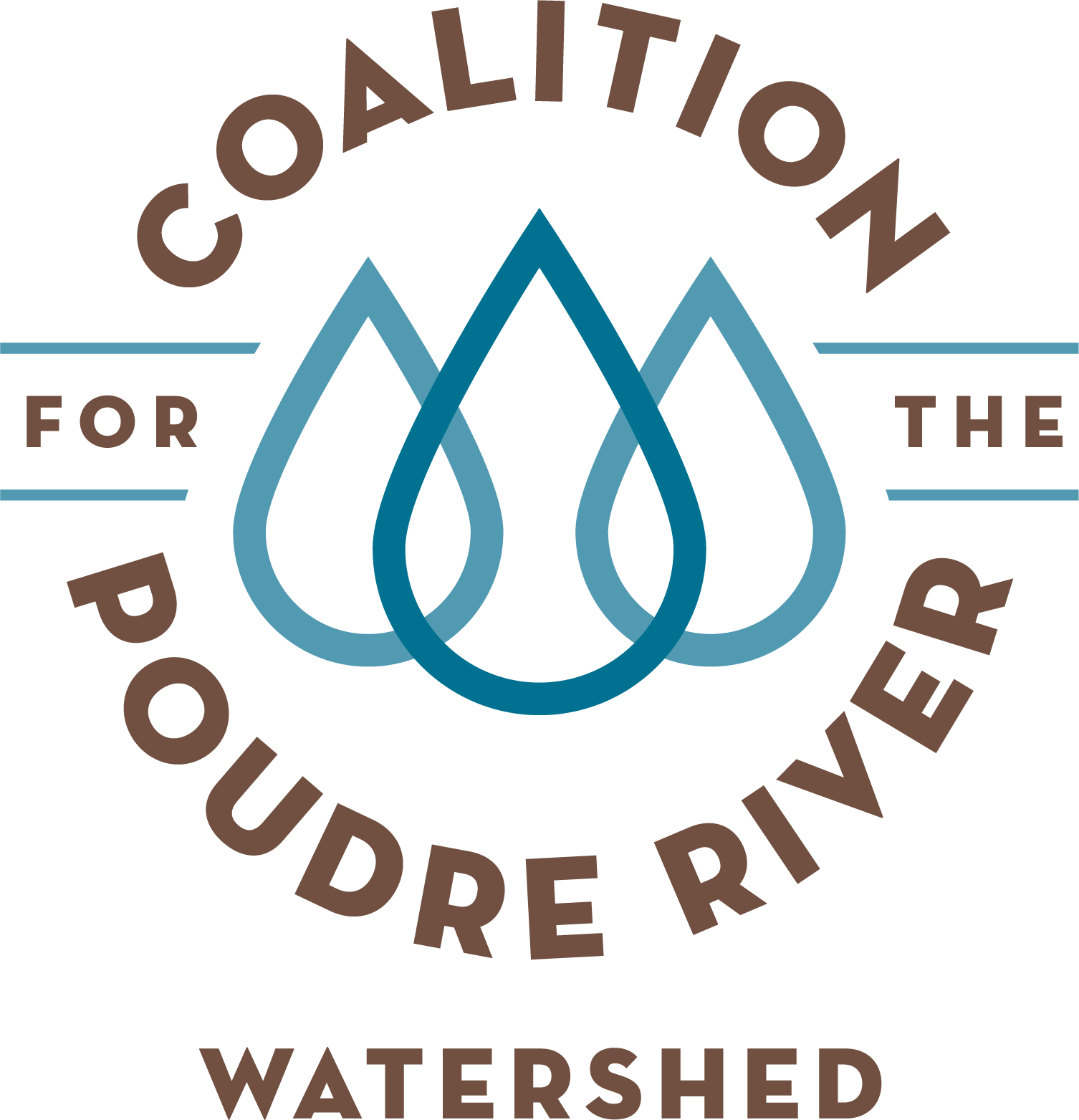Little Beaver Creek
Cameron Peak Post-Fire Restoration












Project Overview
Little Beaver Creek was determined to be a high priority site to meet CPRW water quality objectives and US Forest Service values and ranked in the top two of over two dozen sites. It is located downstream of high severity burn and Wilderness designation areas. None of the watershed received post-fire aerial mulching in 2021 or 2022. Because headwater streams are important water quality and quantity controls, low-tech process-based restoration as part of this project is expected to benefit the planned project 0.6 miles downstream along the South Fork Cache la Poudre River.
Post-Fire Treatment(s)
Post Assisted Log Structure (PALS) – On-site woody material of various sizes is stabilized using untreated posts driven into the streambed to initiate and simulate natural wood accumulation. PALS provide opportunity for sediment storage behind the structures while promoting floodplain connectivity, additional wood recruitment, and riparian health. These features will be field fit by the design team.
Burnt logs/trees will be gathered from adjacent hillslopes outside the floodplain and used to construct the PALS. Typically, PALS will have approximately six logs of which two will be at least the channel width. When possible, logs with rootwads will be used to stabilize PALS and create more complexity.
Willow Wattles – Willow stakes will be harvested downstream of the site on Greeley property and bundled using biodegradable twine. These bundles are then partially buried and staked into overbank areas with regular baseflow where willows would naturally grow. Willow wattles provide water quality improvements by rapidly establishing woody riparian vegetation to increase sediment storage and nutrient uptake.
Beaver Dam Analogue (BDA) – BDAs are channel-spanning, permeable structures with a uniform crest elevation constructed using woody debris and fill material to form a pond and mimic natural beaver dams (Wheaton et al., 2019). Woody material and sediment plugs are gathered on-site and matted together in layers to create a wide berm. Posts may be driven through the structure after reaching the final crest height in order to provide additional stability. BDAs mimic the form and function of natural beaver dams by creating a large backwater area behind the structure, which benefits habitat and floodplain connectivity. These features will be field fit by the design team.
Proposed features would be strategically placed at locations where overbank activation potential is high or incision is significant. These features will increase roughness, reduce flow velocities, and promote sediment deposition. Woody features will enhance nutrient uptake while increasing wetland and aquatic habitat value.
Project Goals
Increase sediment retention behind woody features to improve water quality
Improve floodplain functioning by creating channel complexity
Inundate adjacent floodplain areas during the annual or less frequent flow events
Project Collaborators
U.S. Forest Service
Ayres Associates
AloTerra Restoration Services
Funder(s)
Colorado Department of Public Health and Environment (CDPHE)
Project Timeline
Completed Fall 2024
